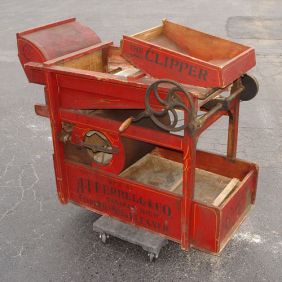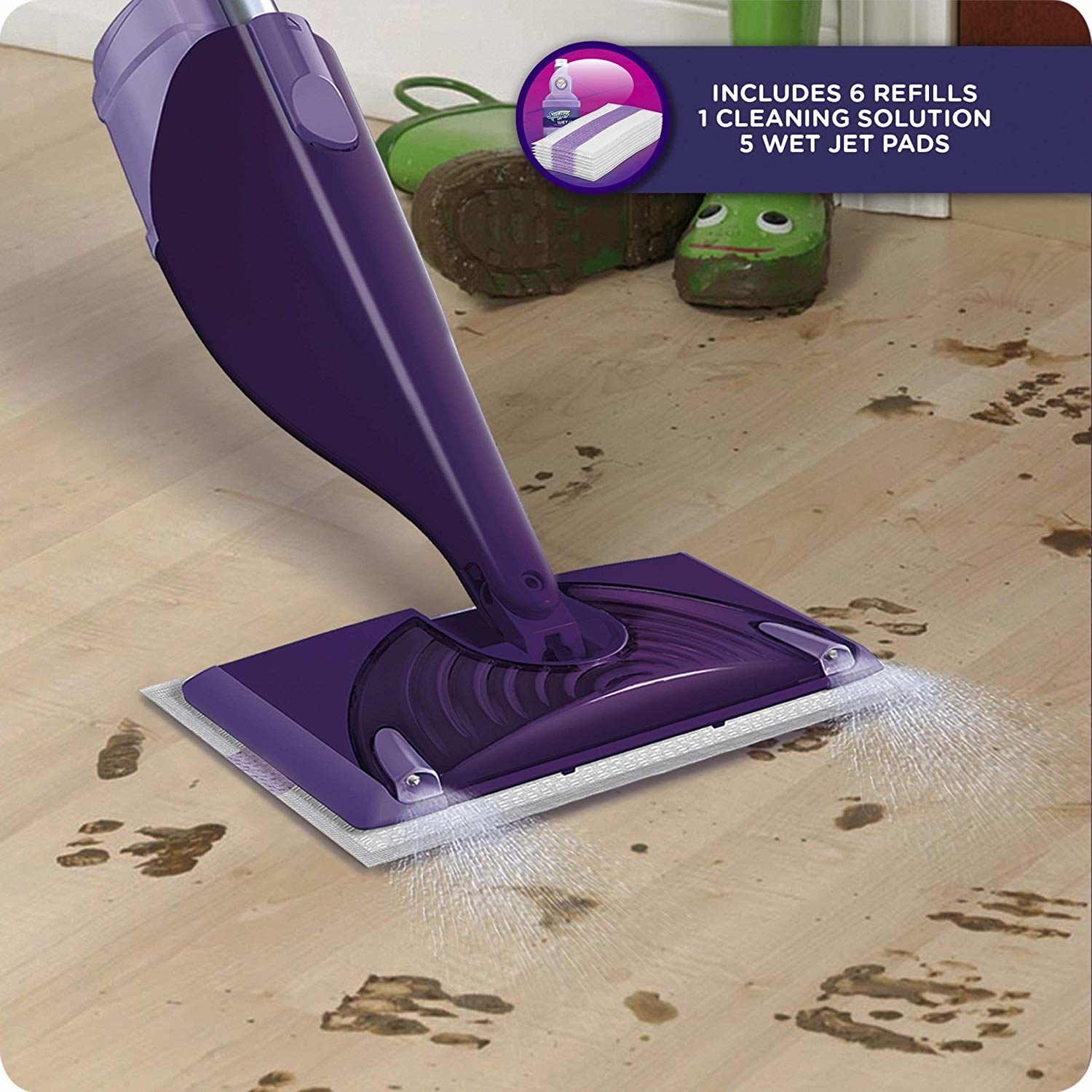

- Diy clipper cleaner how to#
- Diy clipper cleaner install#
- Diy clipper cleaner portable#
- Diy clipper cleaner plus#
- Diy clipper cleaner free#
I screwed it in vertically, starting on one side. The next step is to take the furring strips and cut them to create a seal all the way around the top once you have it centered. Turn on the vac, leave it unplugged, and you are ready to put the top on. Now comes the final assembly! Run the power cord, then run the hose through and connect it to the shop-vac.
Diy clipper cleaner how to#
We’re almost done with our process of how to reduce the noise of your Shop-Vac. Just a tiny V-shaped notch is enough to make space for the power cord in the mineral wool. The mineral wool is key to making this shop-vac muffler quieter than other boxes. I then used the hole saw to cut right through both the vent hole and the hose hole to create holes in the mineral wool. I cut it tight enough that friction holds it in place. I then drilled a 3/8” hole just to one side and chiseled out the waste between the two holes so I could run the power cord.Ĭutting the mineral wool was an easy task with a utility knife or sharp pocket knife (though it won’t be sharp after you finish). My shop-vac hose required a 2 1/2” hole saw to drill the hole. Now trace the circular outline of the hose on the inside of the box. To locate the hole for the hose, remove the hose from the vacuum, put the shop-vac in the box, then put a pencil in the hole of the shop-vac hose.
Diy clipper cleaner install#
I could run the power cord through the hole for the hose first and then install the hose. I put the hose and the cord side by side, so I did not need to drill a large hole for the power cord. In other words, I did not put my vent in the back where I couldn’t reach or where I might accidentally cover it. The vent can go anywhere, but I chose to put mine hole where I can feel the air coming out of it just to make sure it was not overheating while initially testing it. Air comes in the hose and needs to go out of the box through a vent.
Diy clipper cleaner free#
Feel free to add a bottom if you need one, or even casters so you can move it around.Īfter that, cut the holes for your vent, hose, and power cord. I did this for height considerations because I was trying to fit it underneath a miter saw stand. My vacuum just sits on the floor with the case around it. My box does not have a bottom to save material and height. It is a 16-gallon genuine Shop-Vac brand vacuum from around 2015. I laid out the cuts on a single sheet of plywood as indicated below for my shop-vac.
Diy clipper cleaner plus#
You need 4-inches on each side because you will have 2-inches of mineral wool inside the box, plus 2-inches of air space around the shop vac for ventilation and airflow. Give yourself an extra inch or two on the front where the hose connects if your shop-vac has a very complex or hard-to-attach hose. Take the width and add 4-inches on each side for a total of 8-inches larger than your vacuum’s width and depth. Once you have your vacuum as small as possible, it is time to measure your shop-vac.

How to Size Your Shop-Vac Muffler Box to Reduce Noise I used a reciprocating saw with a metal cutting blade to remove that in about 3 seconds. There was a protrusion on top designed as a cord wrap. This includes the wheels, the handle, accessory tool holders, etc. To get started, we need to make your shop-vac as small as possible.

Diy clipper cleaner portable#
Because of the ultimate size of the box, this project is not for someone who is using their shop-vac as a portable vacuum or dust extractor.

It stays hooked up to your miter saw or table saw. It should sit in one place in your shop and not move. This Shop-Vac muffler project is for someone using their vacuum as a dust collector. How to Size Your Shop-Vac Muffler Box to Reduce Noise.


 0 kommentar(er)
0 kommentar(er)
